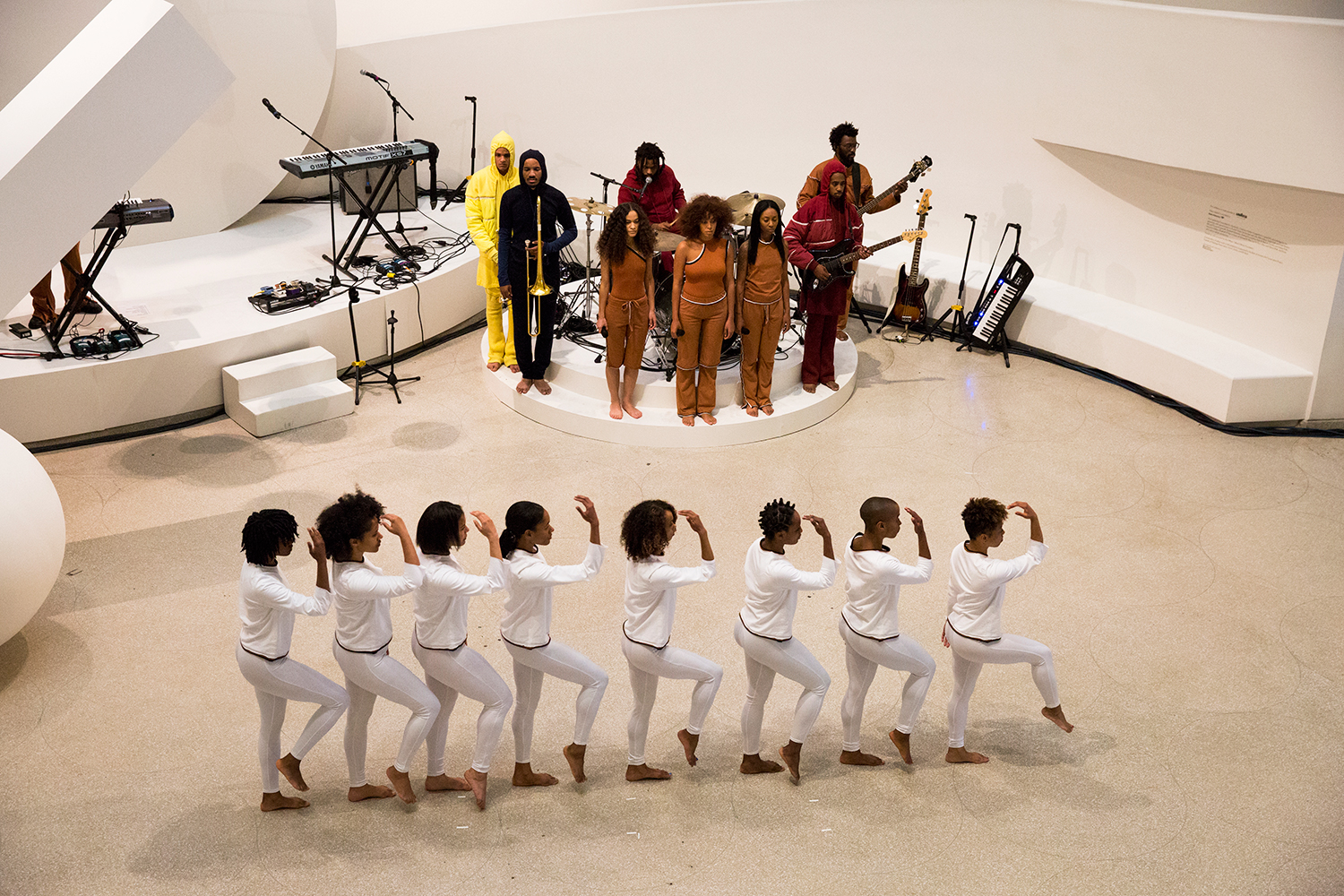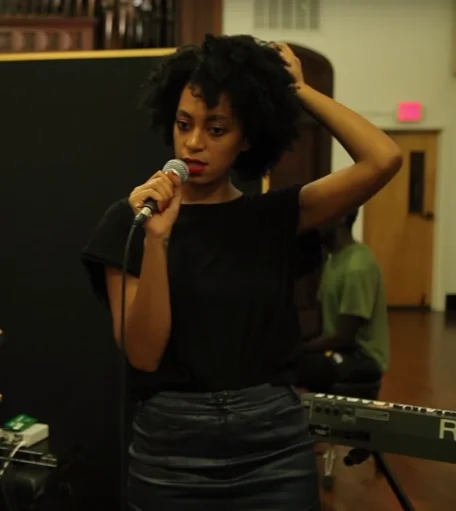The Art of Chaos: How Solange Knowles Turns Neurodivergence Into Vision
From the way she moves on stage to the immersive worlds she builds in her music and visuals, Solange Knowles is a study in fluid, intentional artistry — where unpredictability isn’t a flaw, but a feature. In this article, we explore how Solange’s journey with Attention‑Deficit/Hyperactivity Disorder (ADHD) and her broader neurodivergent experience became central to the design of her creative vision.
Diagnosed twice — and Initially in denial Solange was diagnosed with ADHD twice. In a candid interview, she revealed:
“I was diagnosed with ADHD twice. I didn’t believe the first doctor who told me … I had a whole theory that ADHD was just something they invented to make you pay for medicine.”
She subsequently recognised similarities between her own experience and what she saw “in the industry” around her — chaotic energy, memory lapses, starting something and not finishing it.
This moment of recognition marked a turning point: not just a medical label, but the start of reframing how her mind works.
Chaos as Creative Fuel
What often looks like chaos in Solange’s output is far more than accident: it’s a method. In interviews and features, observers and Solange herself have pointed out how her “spontaneity,” her sensitivity to surroundings, and her multiplicity of interests feed her art. That’s consistent with how many neurodivergent minds operate — rapid associative thinking, strong sensory awareness, a breadth of interests.
One article on neurodivergent creatives describes exactly this phenomenon:
“… creative minds across the globe vary in levels of neurodivergence… the star has gone on to tour the world… after she was diagnosed with ADHD … she flourished.” Scattered Artist
Solange’s work — from her albums to her immersive visual installations — often reflects this “flourishing” of difference.
Vision Built on Layers of Identity
Solange uses her identity — Black woman, artist, neurodivergent being, mother — as a palette. In her celebrated 2016 release, A Seat at the Table, she expressed a clear vision of voice, body and perspective:
“I do have—and I’m unafraid to say it—a very distinctive, clear vision of how I want to present myself and my body and my voice and my perspective.” TIME
Her neurodivergence isn’t a hidden context — it’s part of what allows that vision to be distinctive. The way she plays with texture, repetition, ambient space, silence, colour — all of these can be seen as aesthetic reflections of how her mind processes experience differently.
Embracing Sensitivity, Reclaiming Power
Neurodivergent experiences are often misunderstood: hyper-sensitivity, internal restiveness, fluidity of focus. But Solange reframes these as power. Because in her world, sensitivity = connection; restlessness = movement; layering = richness.
For example:
The sense of “too much” becomes a richly textured soundscape in her music.
The drive to start something new becomes a bold shift in aesthetic direction.
The discomfort of mismatch becomes a reason to create an environment that fits instead.
In an ADHD-focused piece, one line about Solange stands out:
“The soulful musician was initially in denial… but since her diagnosis, she has been open about how hard it was to be an unmedicated adult with ADHD and how most people lack empathy for it.” adhdlifesimplified.com
That phrase — “lack empathy” — is central. Because for a lot of neurodivergent people, the problem isn’t the difference itself: it’s the mismatch between mind + environment, between intention and expectation. Solange’s art often dismantles that mismatch.
Practical Insights: What We Can Learn
While Solange operates at a creative peak many of us might only observe, there are concrete take-aways for everyday life, especially for ND (neurodivergent) minds seeking to turn “chaos” into design:
Own your tempo: Solange doesn’t adapt to others’ pace — she builds her environment around her own rhythms. Find your pace and honour it.
Layer experiences: Her work often combines sound, fashion, movement, space. For you: if your brain is making leaps, build a project that welcomes them instead of suppressing them.
Design your space: Whether it’s lighting, sound, movement, texture — Solange uses sensory details intentionally. Even small adjustments (desk space, lighting, minimal clutter) can make a difference.
Turn sensitivity into filter-tool, not flaw. Sensitivity often means you notice more. Use it to choose what stays and what goes.
Reframe “unfinished” as evolving: One of the repeated ADHD-themes here: starting many things, finishing fewer. Solange’s work shows that evolution is part of the art. Completion doesn’t always equal value.
Closing: Difference By Design
Solange Knowles turns what many call “chaos” into possibility. She shows us how neurodivergence doesn’t need to be tamed — it can be tuned. Her creative vision is informed by an internal rhythm that doesn’t fit the standard, and it’s that mis-fit that makes the art.
So if your mind jumps, wanders, feels too loud or too slow — perhaps you’re not out of sync. Maybe you’re waiting for the right sync-sound. Solange’s work tells us: the beat is already there. You just get to design what you make with it.


